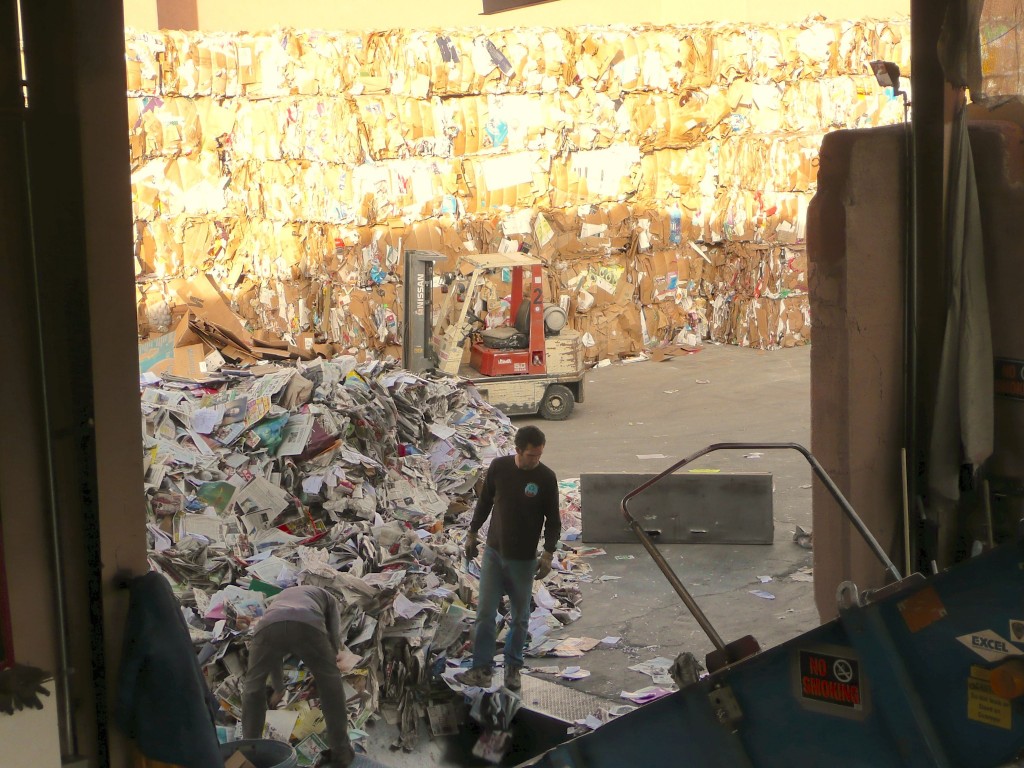In 2017, Sedona Recycles recycled 856 tons of paper, saving:
14,500 trees
5,949,995 gallons of water
395,994 gallons of oil
Where it goes: Sonoco – City of Industry, CA, United Fiber – Chandler, AZ, and Green Fiber – Phoenix, AZ
What it becomes: Cardboard cores and/or insulation
Paper Recycling Facts
- Each American uses approximately one 100-foot-tall Douglas fir tree in paper and wood products per year.
- More than 56% of the paper consumed in the U.S. during 2007 was recovered for recycling — an all-time high. This impressive figure equals nearly 360 pounds of paper for each man, woman, and child in America.
- More than 400 paper mills in the United States use at least some recovered materials in their manufacturing processes, and more than 200 of those mills use recovered fiber exclusively.
- De-inked paper fiber is the most efficient source of fiber for the manufacturing of new paper products; one ton of de-inked pulp saves over 7,000 gallons of water and 390 gallons of oil, and reduces air emissions by 60 lbs. compared to traditional virgin fiber processes.
- Recycling one ton of paper saves 17 mature trees, 7,000 gallons of water, 3 cubic yards of landfill space, 2 barrels of oil, and 4,100 kilowatt-hours of electricity — enough energy to power the average American home for five months.
- Recycling paper instead of making it from new material generates 74% less air pollution and uses 50% less water and 40% less energy.
- Just over 48% of office paper is recovered for recycling in the U.S.
- Over 73% of all newspapers are recovered for recycling. Almost a third goes back into making more newsprint. The remainder is used to make paperboard, tissue, and insulation.
- Approximately 1.5 million tons of construction products are made each year from paper, including insulation, gypsum wallboard, roofing paper, flooring, padding, and sound-absorbing materials.
- Recycled paper can also be made into paper towels, notebook paper, envelopes, copy paper and other paper products, as well as boxes, hydro-mulch, molded packaging, compost, and even kitty litter.
- If only 100,000 people stopped their junk, mail, we could save up to 150,000 trees annually. If a million people did this, we could save up to a million and a half trees.
- The junk mail Americans receive in one day could produce enough energy to heat 250,000 homes.
- The average American spends eight full months of his/her life opening junk mail.

